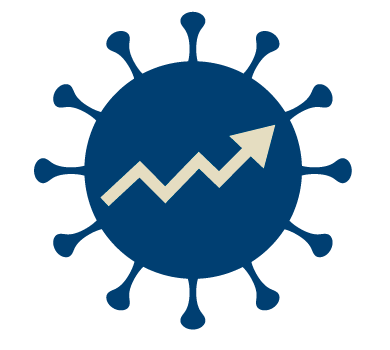Cattle Farming
Before March 2024 there were no reports about H5N1 infections in cows outside of a laboratory experiment with high viral doses. Cattle was considered to not be very susceptible of influenza in general. Keeping large quantities of cows, often outside on pastures, has so far been considered a minor risk from a public health perspective. However, large quantities of cows could enable long chains of infection, which would be hard to detect since cows exhibit only minor symptoms. Recent infections of cows with H5N1 are attributed to contact with wild birds and coincide with the first documented cases of H5N1 in goats. Once again the issue is exacerbated by a lack of surveillance.
Mammal-to-Mammal Transmission
Detections in multiple states and a larger percentage of infected cows have lead to speculations about mammal-to-mammal transmission. Even airborne transmission has been speculated about. A human case related to cattle has lead to further speculations. However, the transmission via respiratory droplets is highly unlikely. While one factor may be transmission through saliva due to cows licking each other, the focus is currently on milk and milking instruments, due to high concentrations of virus found in milk. Apparently the outbreak started as early as late December 2023 and was not detected for months. The virus has spread to at 30 farms in several US states, but testing of milk reveals that the presence of bird flu in cows is already a widespread phenomenon.
Milk
Milk is usually pasteurized and therefore safe to consume, since all pathogens including avian influenza are deactivated by the heat.
Poultry Litter
Poultry litter consists mostly of poultry excrement and is used as feed for livestock. It is fed to beef cows, but usually not dairy cows.
"Bovine Influenza A Virus (BIAV)"
"Bovine Influenza A Virus (BIAV)" is a marketing term designed to distract from the fact that cows get bird flu.
Biosecurity
So far there is no readily available vaccine, no culling of infected herds, but at least limited mandatory testing of cattle herds being oved across USA state borders. While an important factor is that bird flu in cows is a new phenomenon, and testing resources are always limited, there is also no economic incentive to cull or even vaccinate cattle. While infected dairy cows produce less milk, this doesn't apply to beef cattle.
